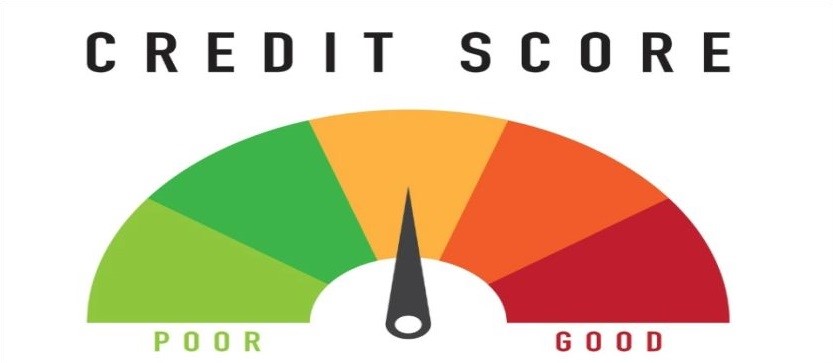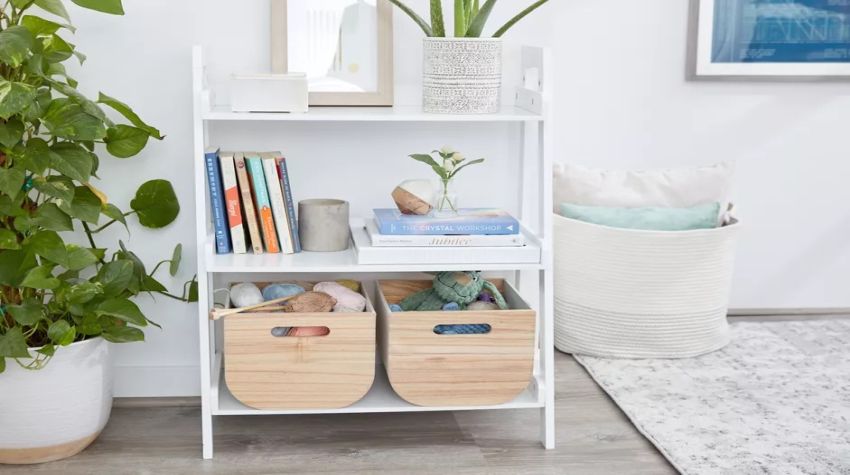Applying for a mortgage can be a nerve-racking experience when you are unsure you will be able to qualify. If you apply at any of the big banks, you will be forced to meet some pretty strict criteria to qualify. While banks have the right to choose who they do and do not lend to, having your mortgage application denied can be a disheartening experience. Some people may not even try to get a mortgage at all if they know they won’t meet the criteria.
Despite the fact that the big banks represent the largest volume of mortgage lending in Canada, they are far from your only option. If you have been denied a mortgage from one of Canada’s major lenders or are simply looking for different options, there are many other lenders who may be willing to work with you.
These alternative lenders offer many of the same products as a major lender but with a few differences. Though they are a valid option to pursue when buying a home, it is crucial that you understand what makes these alternative lenders different from the major lenders before you borrow for a mortgage.
What are alternative mortgage lenders?
‘Alternative mortgage lender’ is a general term for a range of different groups that provide loans for home buyers. A majority of Canadian mortgages are borrowed from the Big 5 banks. These banks offer some of the best mortgage options but are very strict about who they will approve, and they are highly regulated by government policy. Alternative lenders, on the other hand, have more flexibility on what kind of terms they offer. They also often have different criteria when it comes to approving mortgages. Alternative lenders may include smaller banks, credit unions, B-lenders, and private mortgage lenders.
Each different type of lender in the Canadian mortgage industry operates slightly differently, but they all provide mortgage lending in some form or another. Because mortgage lenders may take on riskier borrowers, they need to cover their risk somehow, and the result is often marginally higher interest rates. However, the difference can be relatively minor to a borrower, especially when it comes down to getting a home or not. In other cases, alternative lenders may be able to offer somewhat lower rates than a bank mortgage.
Just because mortgage lenders aren’t one of the big banks, this doesn’t make them any less a legitimate source of financing. The most popular alternative mortgage lenders are highly reputable companies with whom thousands of Canadians get mortgages every year. As being qualified at a major lender becomes more difficult, many Canadians are looking to alternative mortgage lenders to fund their home purchases.
Why should I choose an alternative lender?
There are a few reasons why people choose to go with alternative mortgage lenders. The most common is that they are unable to meet the high criteria that major banks have in place. This could be due to high debt, low income, a damaged credit score, or something else.
This can also be helpful for people who have unstable or alternative income sources such as rental income or income from being self-employed. Even if you have the money to afford the monthly payments on your loan, the big banks may still reject you on other grounds.
For example, the major banks must follow the mortgage stress test when approving mortgages. The stress test tests your ability to pay at a much higher interest rate— 5.25% or 2% higher than the rate you are signing on, whichever is higher. Some alternative lenders, on the other hand, do not need to follow this test, which may be a good option if you could not pass at a bank.
Alternative mortgages can also come in handy if you already have a mortgage with a major lender, but your financial situation has changed since your term started, and you are now at risk of being denied a renewal. In this case, you might want to consider renewing or refinancing with an alternative lender.
Alternative lenders also offer much more flexible terms that A-lenders may be less likely to offer. This may include short or long amortization periods, low down payments, and more.
Technically you can put yourself at risk by applying for a mortgage with less strict criteria, but you have a lot more agency in making that call rather than having a bank make the call for you. This doesn’t mean that alternative lenders will approve just anyone. However, even an alternative lender will reject your application if your financial state is truly poor.
What kinds of mortgages do alternative mortgage lenders offer?
Like with a major lender, alternative lenders offer a few different mortgage products, and each has its own use for a borrower. These include the standard options you would expect from any bank, such as a traditional mortgage, a home equity loan, a HELOC, a second mortgage, or a refinance. Other options for alternative lending may include:
Bridge Loans – A bridge loan is a short-term loan that is intended to tide over a period of time. For example, you might use a bridge loan to cover a down payment before your previous home sells or improve your financial status to be approved for a full mortgage.
Rent to Own – In a rent-to-own plan, you rent from a property owner at an increased rate, with the extra money going towards a down payment. Eventually, once you have saved enough through renting, you can use the down payment money and convert it to a standard mortgage.
Seller Financing – Seller financing is essentially borrowing money from the seller to buy their home, which is then paid back over time. This may also be known as a vendor-take-back. Because you aren’t dealing with a financial institution, these loans can be very flexible if you can negotiate, but it can also be hard to find a willing lender.
Reverse Mortgage – Rather than making monthly mortgage payments to a bank, the bank pays a homeowner regular payments against their home equity in a reverse mortgage. At the end of a reverse mortgage, the loan is usually paid back with proceeds from selling the home. These loans are only offered to people above 55 and are intended to serve as income during retirement years.
Construction Loans – Construction loans are used to fund the cost of building a new home. Once the house is completed, the loan can be paid back or rolled over into a regular mortgage.
Types of Alternative Lenders Compared
There is not a single kind of alternative mortgage lender. Rather there are various types of businesses that each have their own business structures, products offered, and regulations they follow. Here are some of the most common types of alternative lenders.
Credit Unions – A credit union operates a lot like a standard bank, offering bank accounts and financing, among other services, but with a different ownership structure. Credit unions are considered not-for-profit businesses that provide financial services to their members. To become a member, you are often required to own shares in the credit union, which can cost around $100. Interest rates on credit union mortgages are often comparable and, at times, better than rates at big banks. Credit unions are one of the most popular alternative lenders in Canada.
Monoline Lenders – A monoline lender is a financial institution that offers only a single type of lending in the form of mortgages. Monoline lenders usually don’t have any physical locations and instead are contacted through the phone or internet. Monoline lenders can offer mortgage rates that are fairly comparable to major banks but may have different terms, fees, and penalties.
B-Lenders – B-Lenders are a type of mortgage lender that don’t follow the same strict regulations as the big banks and, as a result, can lend with different qualifying criteria. Often the cost of having lower qualifying standards is a higher interest rate.
Private Lenders – Private lenders are the least regulated of all lenders in Canada and cover a wide range of entities, from private mortgage companies to wealthy individuals who want to loan their money out. Because they don’t need to follow regulated mortgage rules, the terms on mortgage loans offered by private lenders can vary greatly and, in many cases, will be highly negotiable. Though these lenders can offer some flexibility, they can also offer a worse deal than larger banks as they have to cover their risk.









